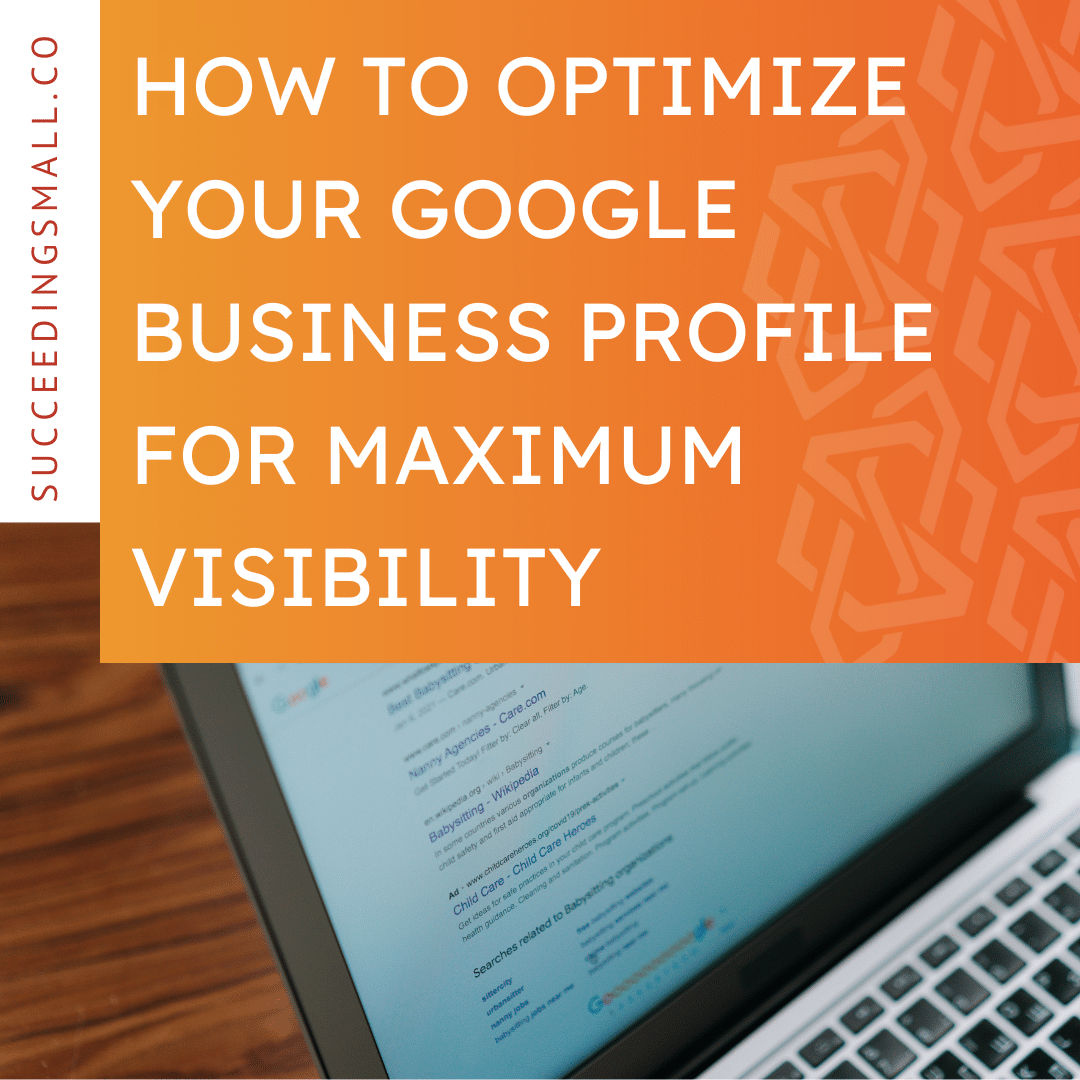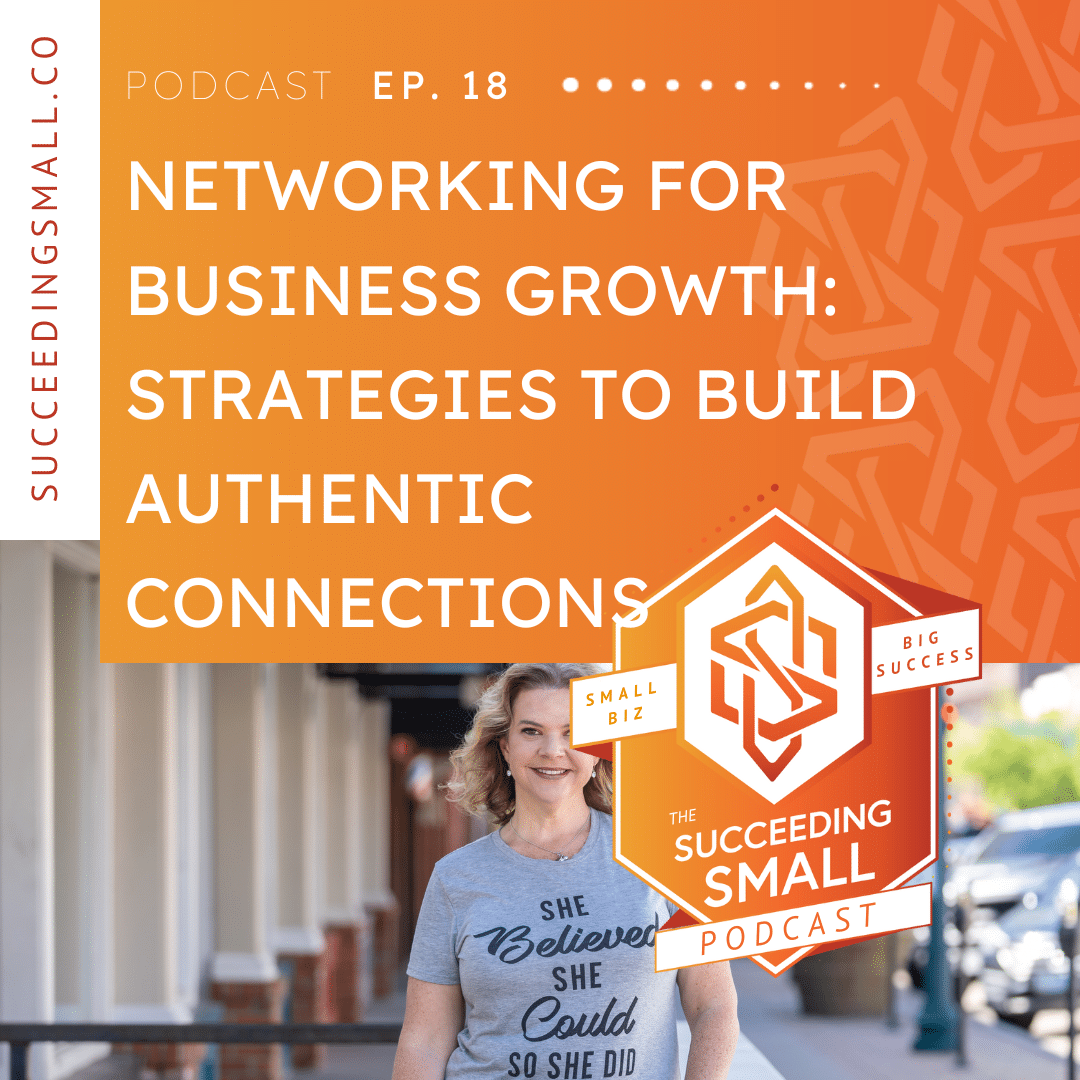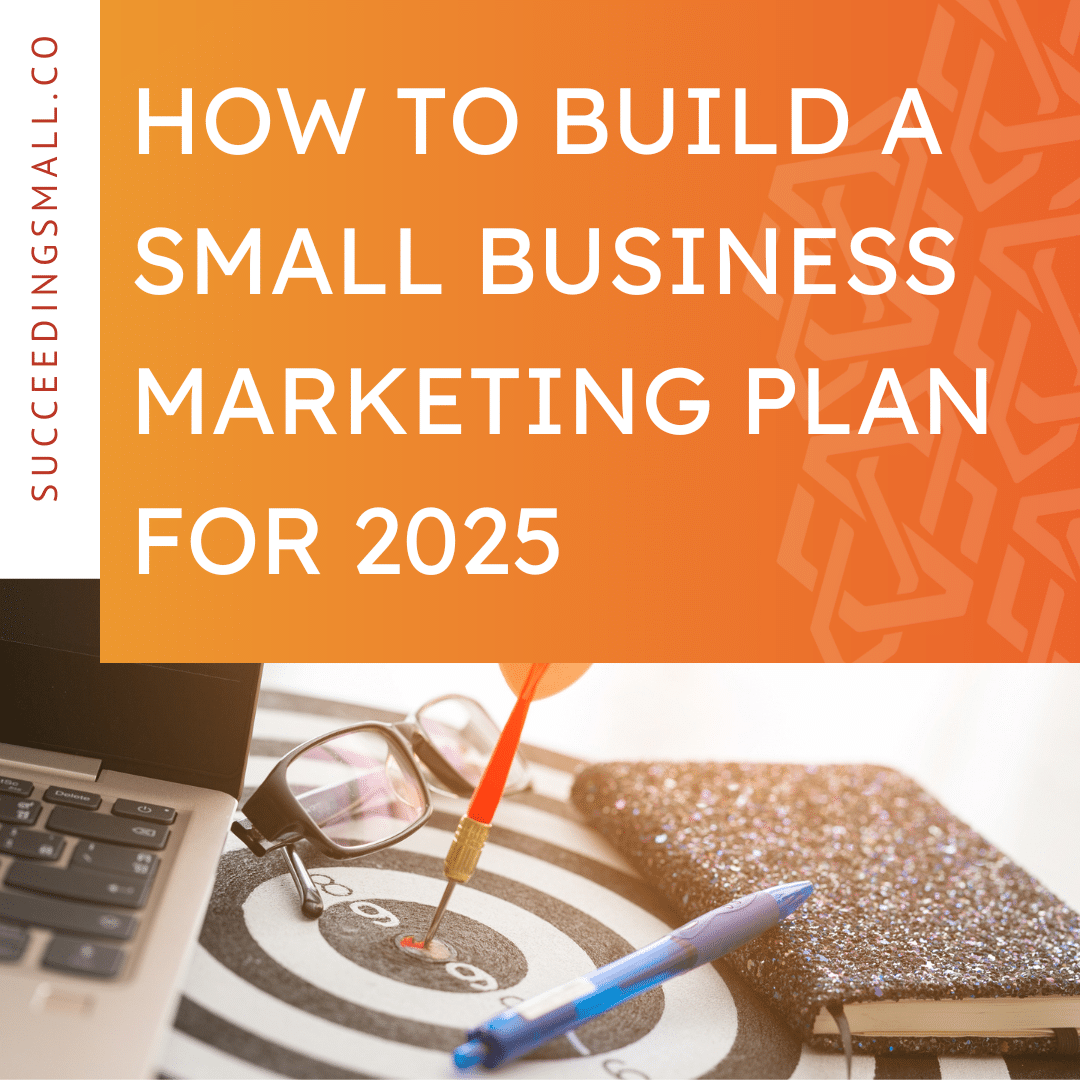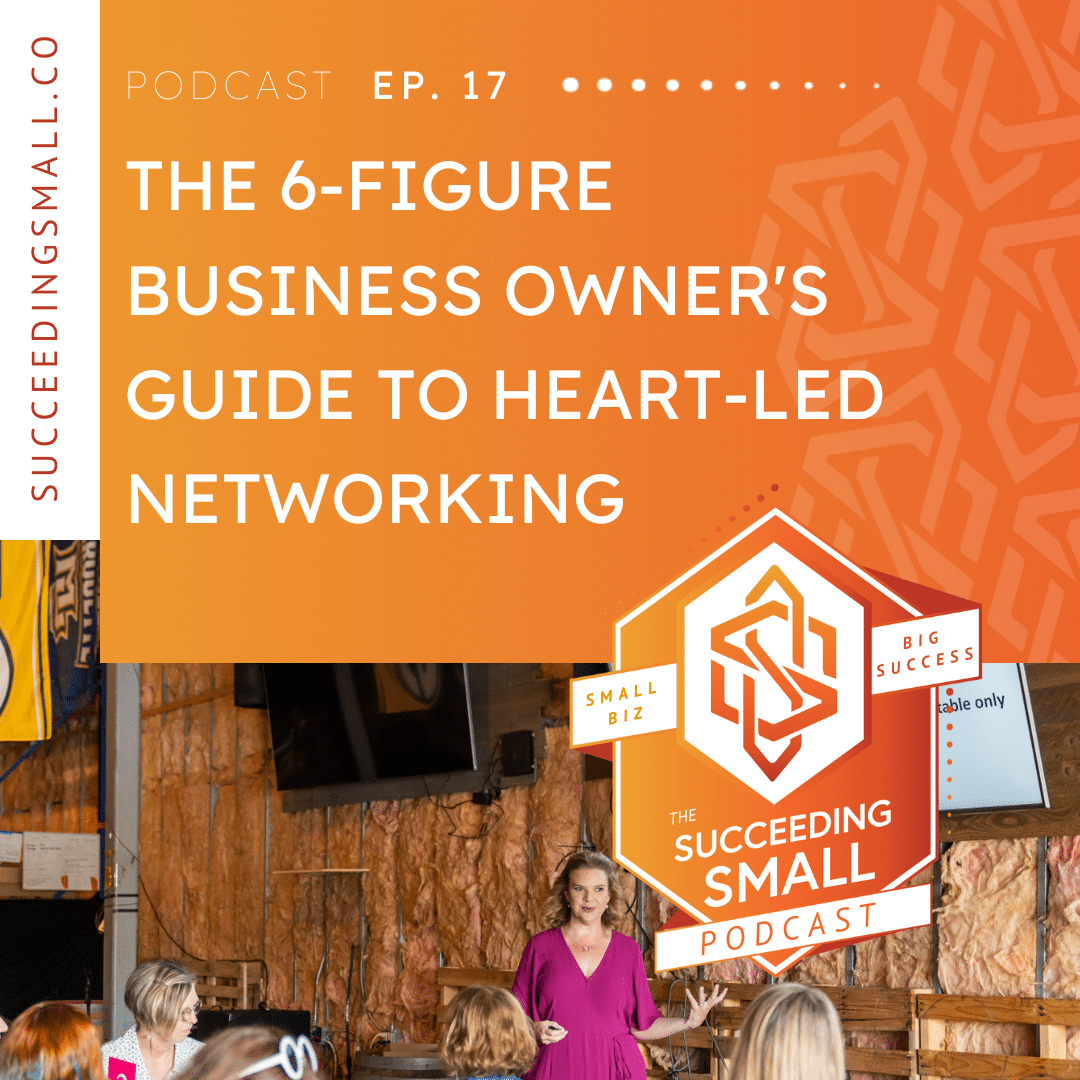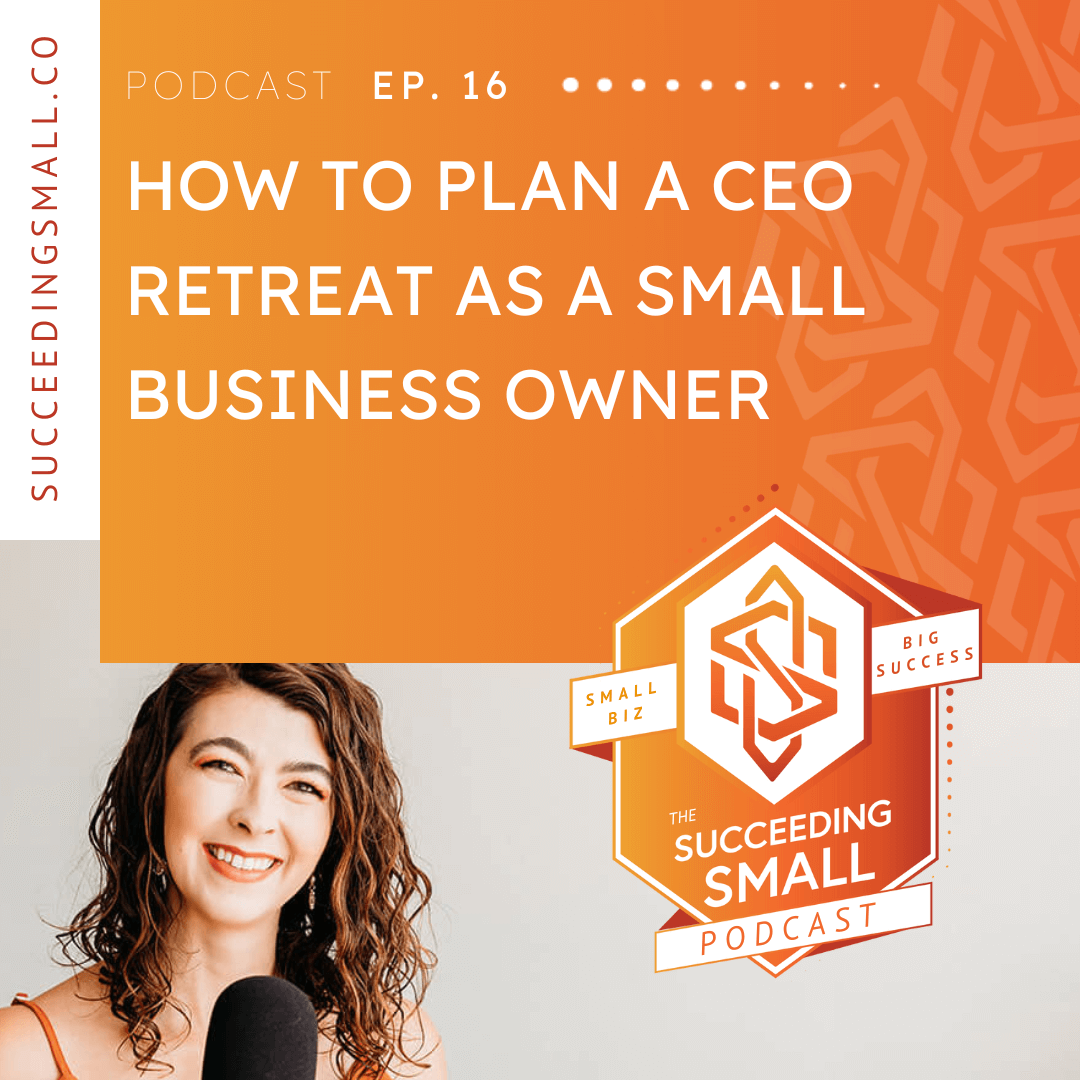In the competitive world of Pay-Per-Click (PPC) advertising, small businesses often find themselves at a disadvantage compared to large corporations with expansive budgets. The challenge of competing against more prominent brands can seem daunting. There is high competition for keywords, limited budgets, and the complexity of optimizing campaigns.
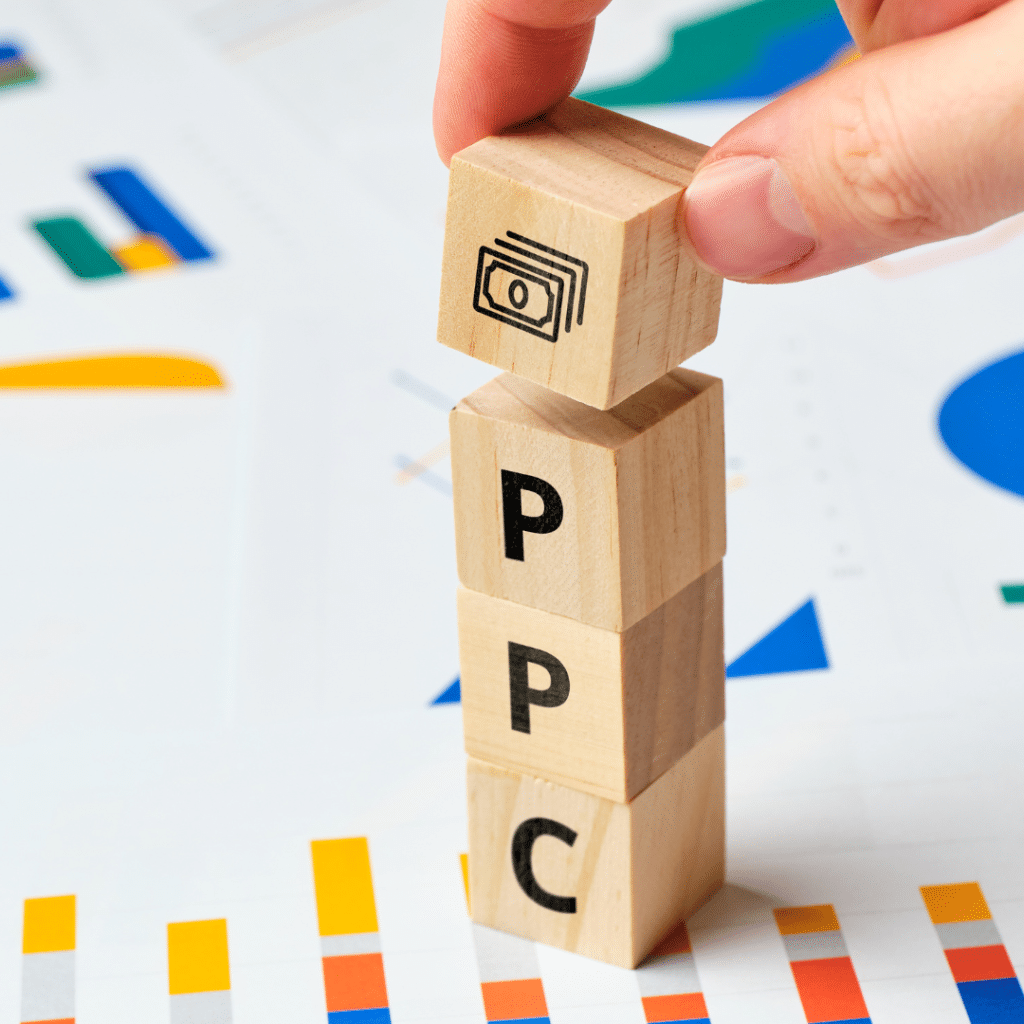
However, it’s not just the industry giants who can succeed in PPC advertising. With the right strategies and a clear understanding of how to leverage available tools, small businesses cannot only compete but also carve out their niche and achieve impressive results. This knowledge empowers you to take control of your advertising efforts and compete on a level playing field.
Succeeding Small specializes in guiding small businesses through the intricacies of PPC advertising and providing tailored solutions. We don’t just offer advice, we partner with you to implement strategic keyword targeting, creative ad campaigns, and data-driven optimization. With our expert support, your small businesses can transform their PPC efforts into powerful drivers of growth and success, knowing that we’re here to help every step of the way.
Key Advantages of PPC for Small Businesses
Pay-per-click (PPC) advertising presents a unique opportunity for small businesses to compete with more prominent players in the market. Unlike traditional advertising methods that often come with high costs and broad reach, PPC allows small companies to exercise precise control over their budgets and target audiences. Here are some key advantages:
Cost Control
With the PPC advertising model, you only pay when someone clicks on your ad. This unique feature gives you a specific budget and the power to adjust it according to your needs and performance. Unlike traditional advertising methods, where costs can quickly spiral out of control, PPC offers transparency and allows small businesses to manage their costs efficiently, giving you a sense of control and confidence in your budget management.
Targeted Reach
Another standout benefit of PPC campaigns is the ability to target specific locations. Small businesses can ensure their ads reach only the most relevant prospects through audience segments. This targeted approach increases the likelihood of attracting high-quality leads and higher conversion rates.
Measurable Results
PPC platforms provide detailed analytics and performance metrics, enabling small businesses to track the effectiveness of their campaigns in real-time. This data-driven approach allows for continuous optimization, ensuring that advertising efforts are aligned with business goals and yielding the best results.
Below are some essential tips that can help small businesses improve their PPC campaigns and stand out in a competitive landscape:

1. Target Long-Tail Keywords
Small businesses should focus on long-tail keywords. These are specific, multi-word phrases that are highly relevant to niche markets and tend to be less competitive. By targeting long-tail keywords, small businesses can attract highly relevant traffic that is more likely to convert.
Example: Instead of bidding on broad and highly competitive terms like “pet art,” a small business specializing in custom pet portraits might focus on more detailed phrases like “custom pet portraits” or “hand-painted pet portraits.” These long-tail keywords often have lower competition and cost per click, making them more affordable and practical for reaching a targeted audience. Additionally, users searching for these specific terms are often further along in the purchasing decision process, increasing the chances of conversion.
By leveraging these keywords, small businesses can capitalize on niche markets and differentiate themselves from larger competitors. These keywords effectively drive relevant website traffic and enhance their overall PPC performance.
Target High-Volume Keywords Within Limits
While long-tail keywords are valuable, high-volume keywords still have their place in a small business’s PPC campaign. High-volume keywords can drive significant traffic and increase visibility but also come with higher competition and costs. Small businesses should focus on a few key strategies:
- Prioritize Relevance: Choose high-volume keywords that are highly relevant to your business offerings and target audience. This relevance ensures that the traffic generated will be more likely to convert.
- Set Budget Limits: Monitor your spending closely and set a clear budget for high-volume keywords. Use bid adjustments, which allow you to increase or decrease your bid based on factors like device, location, and time of day, to control costs and prevent overspending.
- Optimize Ad Spend: Start with a moderate bid and adjust based on performance data. Analyze the return on investment (ROI) for high-volume keywords and refine your strategy to focus on the most cost-effective options.
By balancing high-volume keywords with a thoughtful approach to spending, small businesses can capitalize on broad search traffic while keeping their advertising budget high.
2. Choose the Right Platform
Choosing the right PPC platforms is crucial for small businesses aiming to make the most of their advertising efforts. Each platform offers unique features and targeting options that can impact the effectiveness of your campaigns. Here’s how to select the best options for your needs:
- Google Ads: Google ads is the most widely used PPC platform. It provides extensive reach and advanced targeting capabilities, and it’s ideal for businesses looking to capture a broad audience and benefit from Google’s vast search network.
- Bing Ads: While smaller in scale than Google, Bing Ads can be more cost-effective and offer access to a different audience segment. Consider Bing Ads to diversify your PPC efforts and lower your cost-per-click (CPC).
3. Create Compelling Offers and Landing Pages
Another one of the most effective ways small businesses can differentiate themselves from larger competitors in PPC advertising is by crafting offers that are too good to ignore. An irresistible offer can significantly boost click-through rates and conversions, making your ads stand out in a crowded marketplace. To create a compelling offer:
- Offer something that clearly provides value to your potential customers. You could offer a discount, a free trial, a bonus product, or an exclusive deal.
- Communicate the offer with precise language. Instead of a vague word like “discount,” try “Exclusive 10% off for first-time buyers!” The more specific, the better.
- Position your offer as exclusive to make it feel special. Phrases like “limited time” or “members-only” can create a sense of urgency, causing users to take immediate action.
By presenting a strong and unique offer, small businesses can attract more clicks and increase the likelihood of converting visitors into customers, even when competing against the more prominent players in the market.
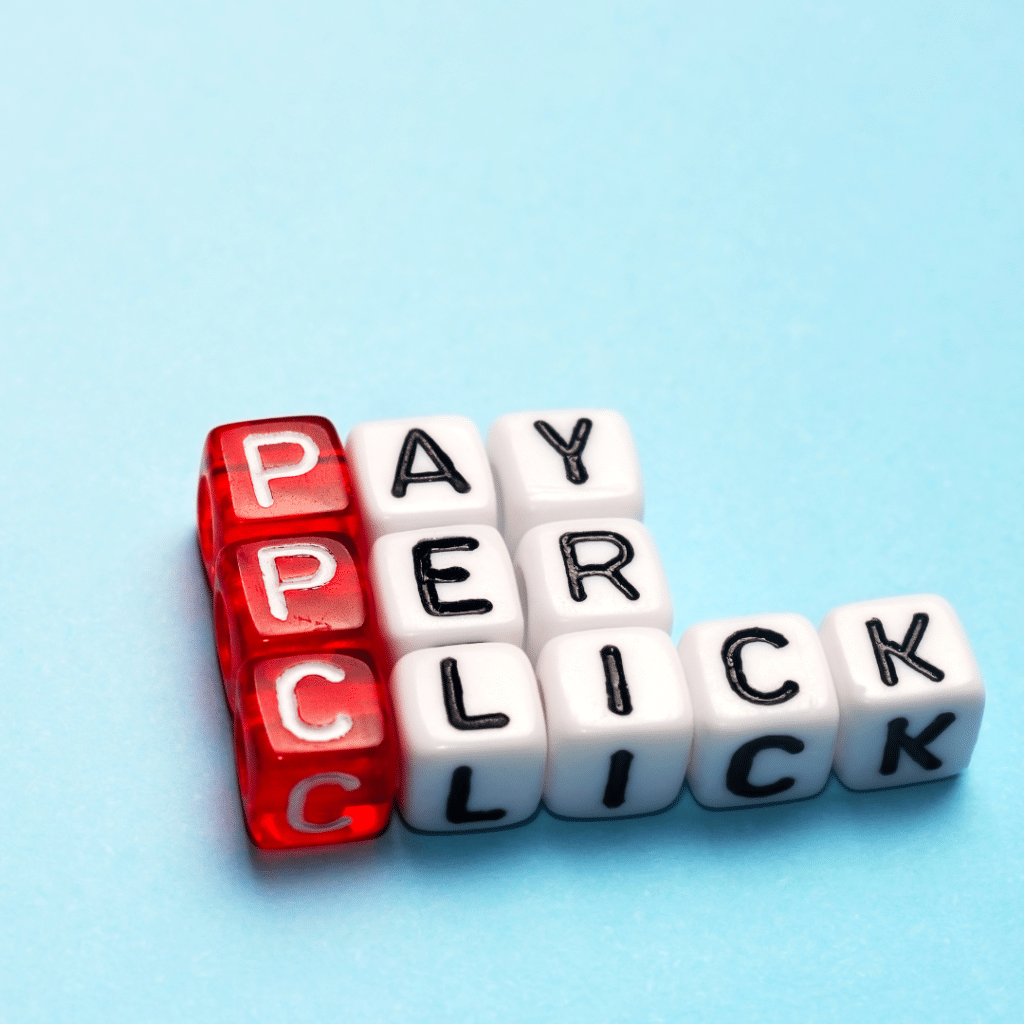
Create Dedicated Landing Pages
A well-crafted landing page is crucial for converting PPC traffic into leads or sales. We’ve found that some business owners overlook this when running their campaigns. Unlike generic web pages, you can use dedicated landing pages to align with the content and intent of your PPC ads. To maximize their effectiveness:
- Ensure Relevance: The content of your landing page should directly reflect the message and offer presented in your ad. Consistency between the ad and landing page improves user experience and reduces bounce rates.
- Design for Clarity: Keep the design clean and focused on your primary objective. Avoid having navigation, clutter, and distractions. Use a clear headline, concise copy, and a prominent call-to-action (CTA) that guides visitors toward the desired action.
- Optimize for Conversion: Include elements that enhance trust and credibility, such as customer testimonials, guarantees, or trust badges. Test different versions of your landing page to see which elements drive the best results.
Small businesses can improve engagement and increase the likelihood of conversions by creating dedicated landing pages tailored explicitly to their PPC ads. A landing page with tight congruence between the keywords, the ads, and the landing page promotes higher quality scores, which means Google will promote your offers with greater confidence.
Be Creative and Experiment
Creativity is a powerful tool in PPC advertising, especially when you’re looking to differentiate yourself from big brands. Experimenting with various ad formats, visuals, and copy lets you find the most effective combination to engage your audience. The key is to test and innovate continuously, refining your strategy based on performance.
- Ad Copy and Headlines: Try different approaches in your ad copy to see what resonates with your target audience. Test varying tones—whether friendly and conversational or professional and direct—and experiment with different headlines or calls to action.
- Visuals and Formats: PPC platforms offer a range of ad formats, including image, video, and text-based ads. Don’t be afraid to test new formats that align with your audience’s preferences. A visually compelling ad can capture attention and increase engagement.
- A/B Testing: A crucial part of this experimentation process is A/B testing. You can determine which version performs better by running two versions of an ad with a tiny variation—such as a different call-to-action, headline, or image. This data-driven approach allows you to optimize your ads based on user behavior. When launching a campaign, selecting which kinds of messaging you would like to test if you are unsure which approach will be most effective is a good idea.
Example: Test multiple variations of ad headlines, such as “Get Your First Order 10% Off” versus “Exclusive Discount for First-Time Buyers!” or different calls to action, such as “Shop Now” versus “Learn More,” to see which drives higher click-through rates. When running ad formats such as Responsive Search Ads, Google will test these headlines for you, and you’ll get more impressions of the assets that work the best.

Track and Measure Your Results
Tracking key metrics is vital for optimizing PPC campaigns. Focus on metrics like click-through rate (CTR) to measure ad engagement, conversion rate to assess the effectiveness of your ads in driving actions, and cost-per-click (CPC) to monitor your budget efficiency. These are just some basic KPIs to examine, though there are more available that can provide numerous insights.
To continually improve performance, you can use these details to make data-driven adjustments, such as refining ad copy or adjusting bid strategies.
Conclusion
Competing with big brands in PPC advertising can be intimidating for small businesses, but it’s possible. Small firms can carve out a competitive edge by leveraging specific strategies, such as targeting long-tail keywords, managing high-volume keyword budgets, and crafting compelling offers. The key is to be strategic, creative, and adaptive.
Succeeding Small is here to help guide you through the complexities of PPC advertising. With expert guidance, targeted strategies, and continuous optimization, we can help you maximize your return on investment and achieve growth. Whether refining your keyword strategy, testing new ad formats, or optimizing landing pages, we can help you turn your PPC campaigns into powerful drivers of success.



